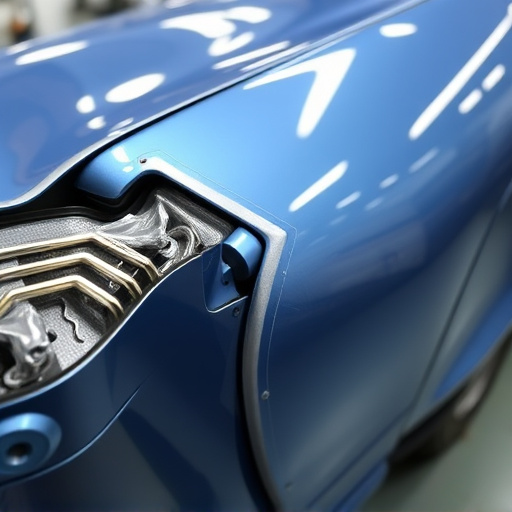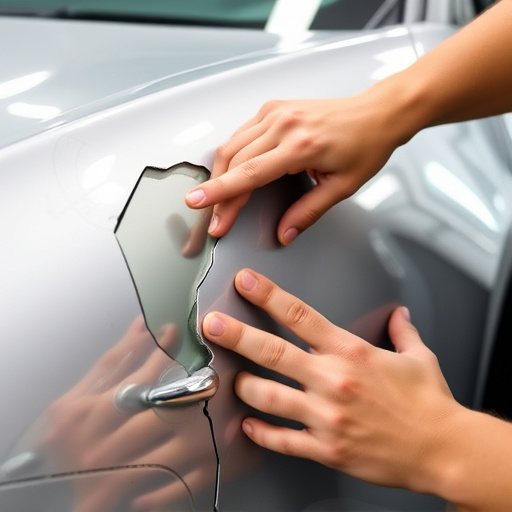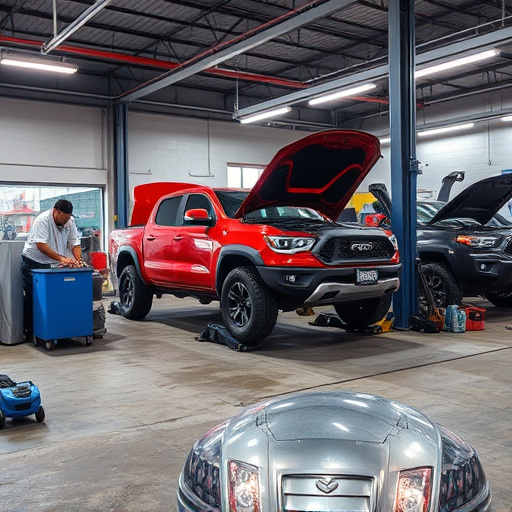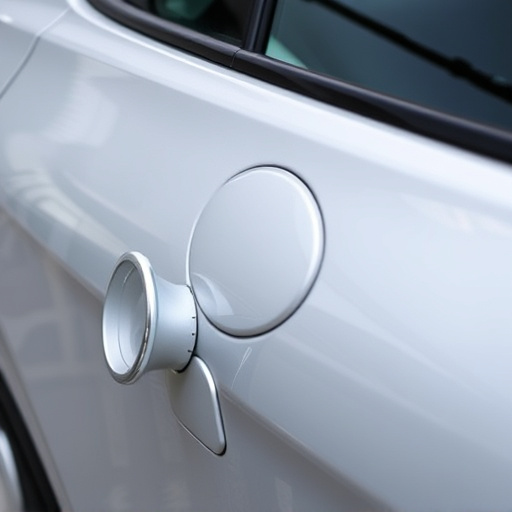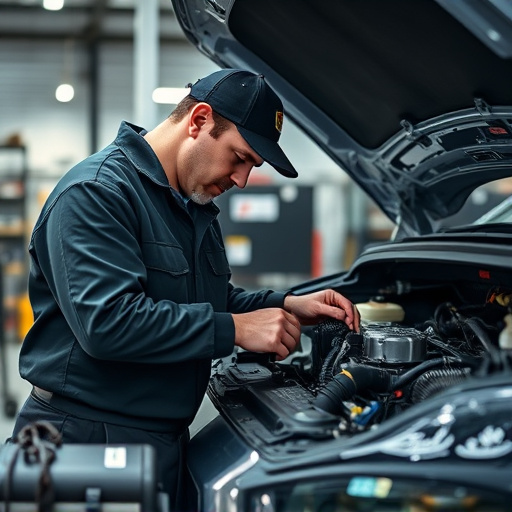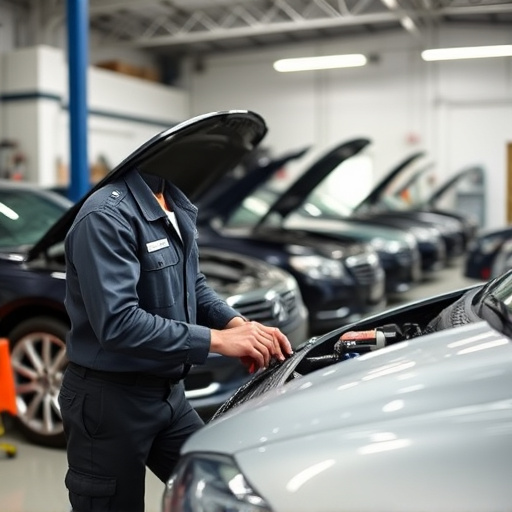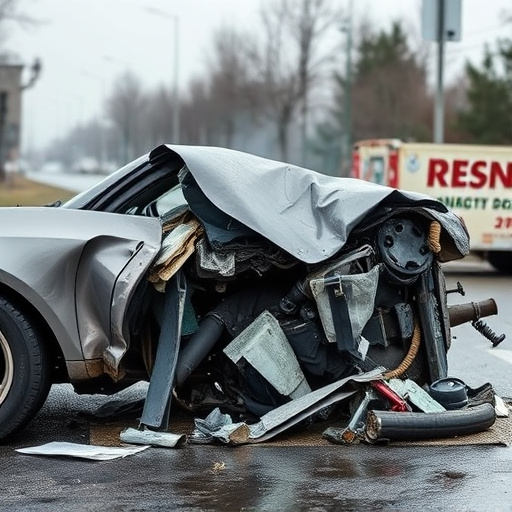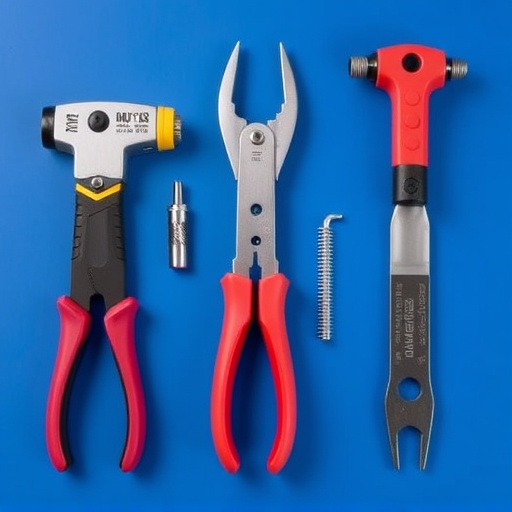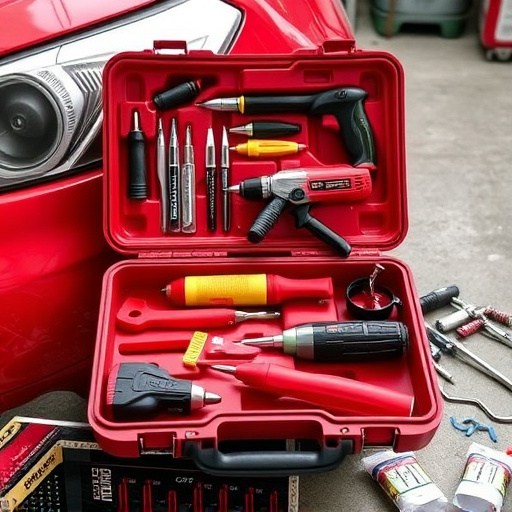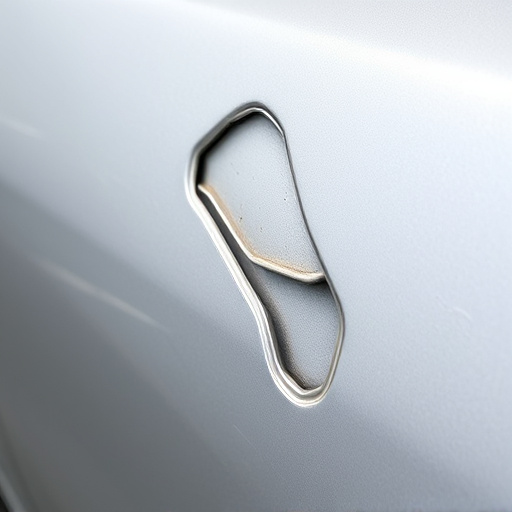Emission laws regulate atmospheric pollutants, especially from vehicles, with severe penalties for non-compliance. Environmentally safe repair practices, crucial for Mercedes Benz collision repair and car body restoration, maintain vehicle integrity, reduce harmful emissions, and promote sustainability. These methods use biodegradable materials, efficient energy systems, and reduced chemicals, aligning with circular economy goals, enhancing public trust, and adhering to emission regulations for cleaner air and water.
In today’s eco-conscious world, adhering to emission laws is not just a regulatory requirement but a responsibility. This article explores how environmentally safe repair practices play a pivotal role in ensuring compliance with these stringent regulations. By delving into the impact of emission laws and presenting effective strategies for reduced emissions, we uncover the benefits of integrating environmentally safe repair methods. Learn how these practices contribute to a cleaner, more sustainable future while meeting legal standards.
- Understanding Emission Laws and Their Impact
- The Role of Environmentally Safe Repair Practices
- Compliance Strategies for Reduced Emissions
Understanding Emission Laws and Their Impact
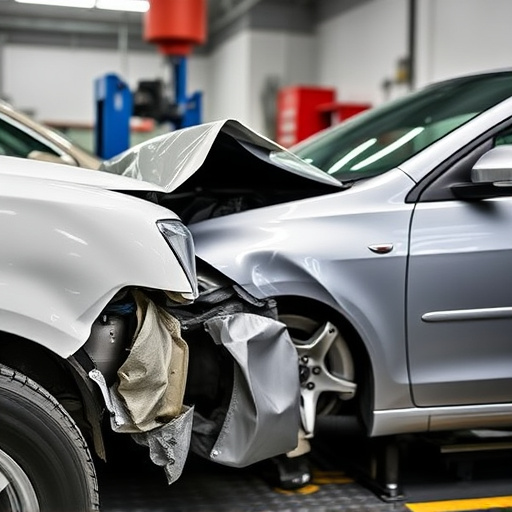
Emission laws play a critical role in regulating the release of pollutants into the atmosphere, aiming to protect public health and the environment. These regulations are particularly relevant in the automotive sector, where vehicles contribute significantly to air pollution. Non-compliance with these standards can lead to severe penalties for businesses, making environmentally safe repair practices even more vital.
When it comes to mercedes benz collision repair or car body restoration at a reputable collision center, adhering to emission laws is not just a legal requirement but also ensures the longevity and performance of vehicles. Modern cars are equipped with sophisticated emission control systems, and skilled technicians employ environmentally safe repair methods to maintain these systems’ integrity. This approach, which could be applied across various makes and models, from luxury brands like Mercedes-Benz to everyday vehicles, is crucial in reducing harmful emissions and fostering a more sustainable future for transportation.
The Role of Environmentally Safe Repair Practices
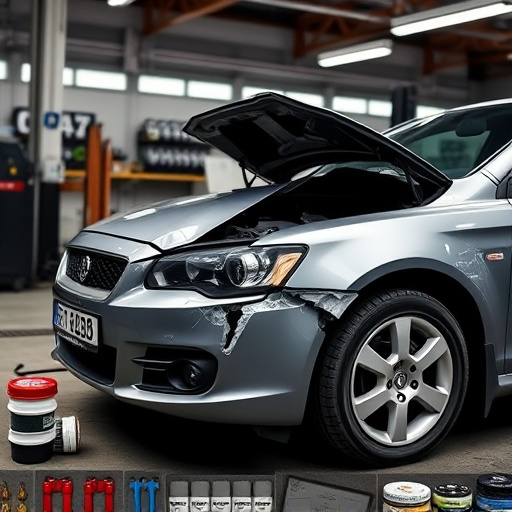
Environmentally safe repair practices play a pivotal role in ensuring compliance with emission laws and regulations. These methods focus on minimizing the environmental impact during vehicle repair and restoration processes, particularly in collision centers and car body shops. By adopting eco-friendly techniques, such as using biodegradable materials, efficient energy management systems, and reduced chemical usage, these facilities contribute to cleaner air and water.
Moreover, environmentally safe repair supports the overall sustainability of the automotive industry by promoting circular economy principles. Car body restoration processes that emphasize recycling and reuse reduce waste generation, which aligns with emission laws targeting sustainable practices. This approach not only benefits the environment but also fosters public trust in vehicle repair services, positioning collision centers as responsible stewards of natural resources.
Compliance Strategies for Reduced Emissions
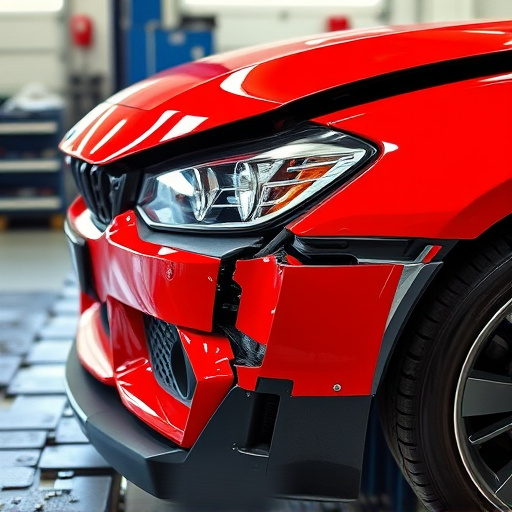
In the pursuit of minimizing environmental impact, environmentally safe repair methods play a pivotal role in achieving compliance with emission laws. These strategies extend beyond mere adherence to regulations; they are a comprehensive approach to sustainability in the automotive industry. One key tactic involves adopting advanced techniques for car restoration and paintless dent repair, which significantly reduce the need for toxic chemicals and energy-intensive processes commonly associated with traditional bodywork.
By focusing on eco-friendly car body restoration practices, businesses can contribute to lowering emissions and pollution. For instance, utilizing water-based paints and efficient drying methods during the restoration process not only reduces volatile organic compounds (VOCs) but also expedites production, cutting down on energy consumption. This holistic approach ensures that compliance with emission laws becomes a cornerstone of responsible business operations, fostering a greener and more sustainable future for the automotive sector.
Environmentally safe repair practices play a pivotal role in ensuring compliance with emission laws, offering a sustainable solution for businesses to reduce their environmental impact. By adopting these methods, companies can not only meet regulatory standards but also contribute to a greener future. This approach, which focuses on minimizing emissions and waste, is a powerful tool for navigating the complex landscape of environmental regulations. Through implementing safe repair strategies, industries can foster compliance, promote ecological preservation, and inspire positive change in their sectors.

